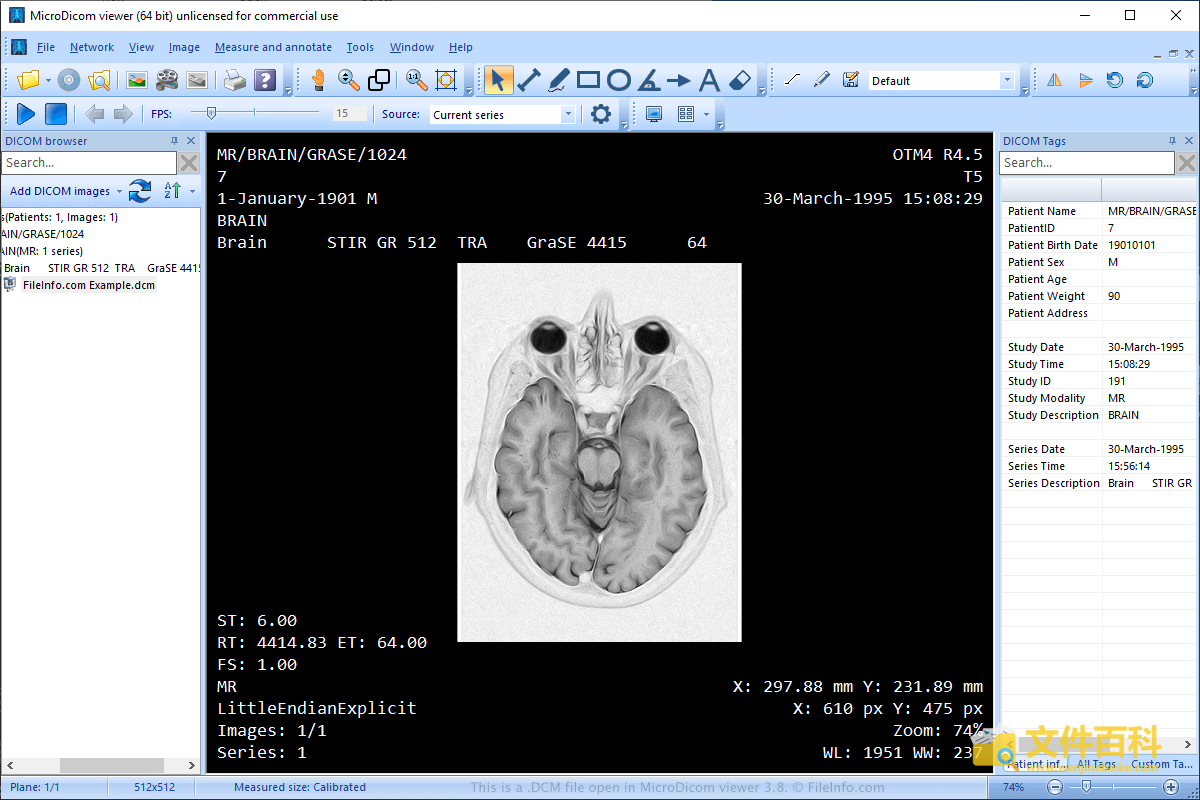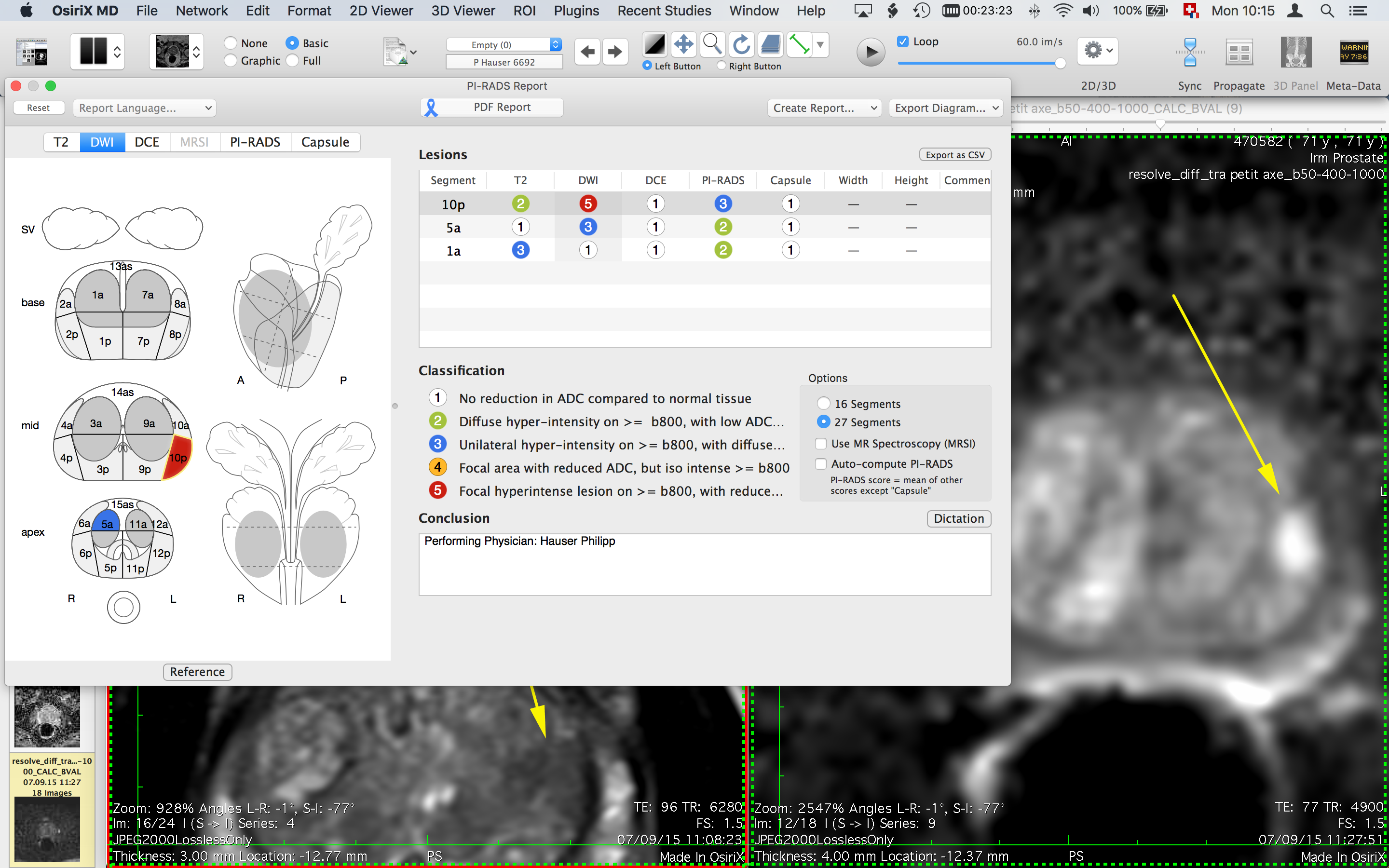

If this option is enabled, then a 512 by 512 matrix CT will be exported as a 512 by 512 image.

This option is found under the Viewers tab in the Preferences. The preferences can be changed so that when an image is exported, it retains the original image size. Modify the compression mode and playing rate (frames per second) We recommend the JPEG compression for best quality. You can also change the compression mode and playing rate. Select which ‘dimension’ you want to export With Quicktime export, you have the possibility to export the image fusion dimension of the 4D viewer dimension, if these modes are activated: Select Export to Quicktime from the Export submenu or click on the Quicktime button from the toolbar. The same principle applies for images sequence. The exported image resolution will be 1266 x 709 You can find the exact size of the image on the upper left corner of the window:

Using the default preferences, OsiriX will export the image as it appears on the screen - same size, zoom, rotation, window level, etc. The Export menu item has a submenu to allow specification of the particular image format (TIFF, JPEG etc.). To export a single image, you can either press apple-copy (Command-C) to copy it to the clipboard or select Export from the 2D Viewer menu. This allows you to capture selected images in a format that will allow you to bring them into, for example, PowerPoint or Keynote presentations or import them into a Microsoft Word document. With OsiriX, you can export your DICOM images as TIFF, JPEG, RAW or DICOM images or as a Quicktime sequence.


 0 kommentar(er)
0 kommentar(er)
